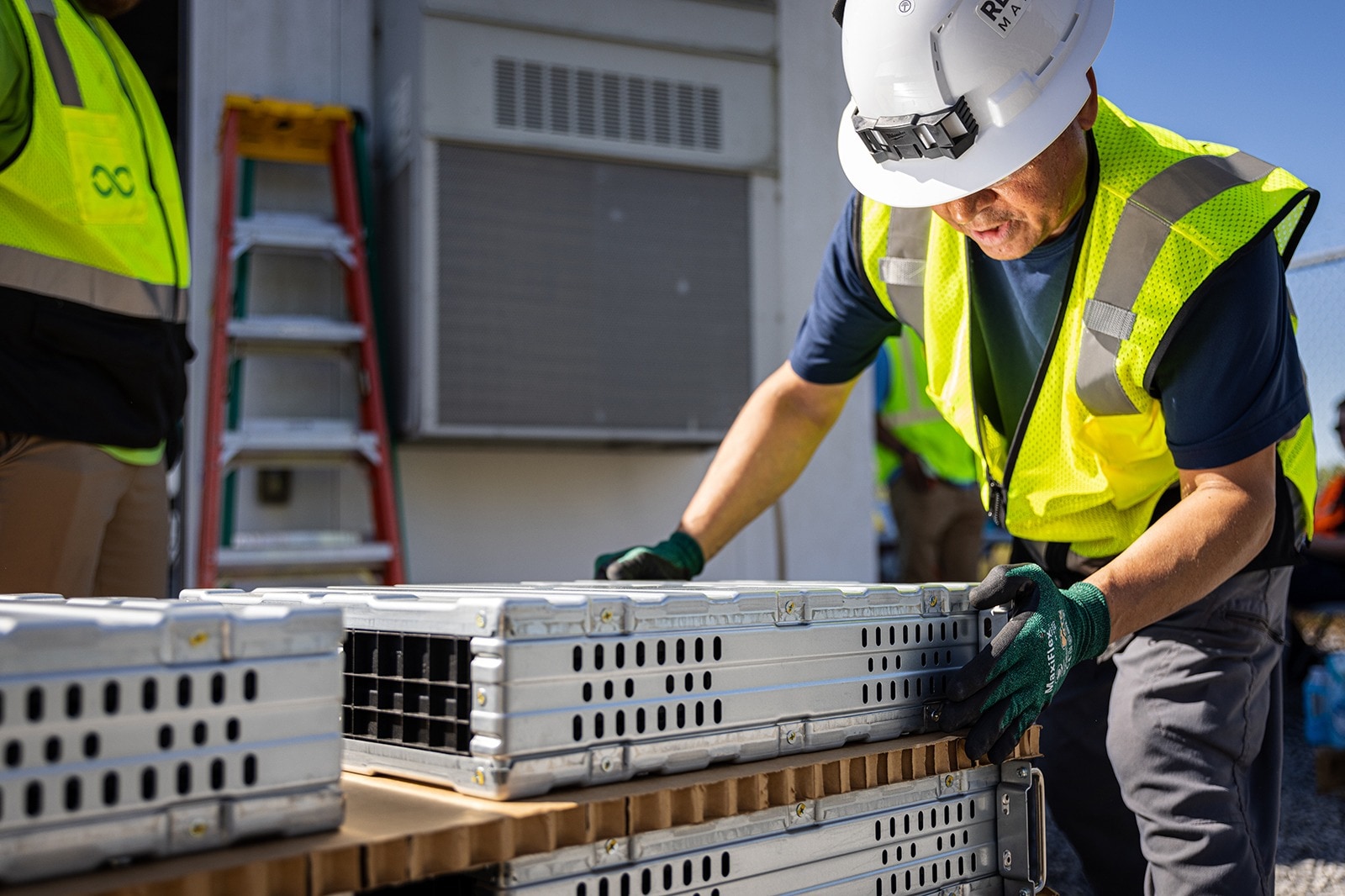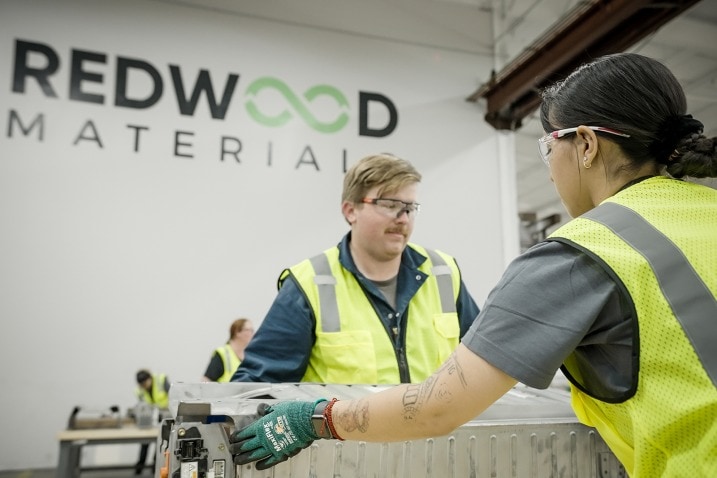The number of electric vehicles on the road will increase exponentially in just a few years. By 2030, a little over half of all new passenger cars sold in the U.S. will be electric vehicles, according to Bloomberg. But what happens when the battery packs that power EVs reach the end of their life? While potential buyers may have concerns that packs will end up in landfills, that won't necessarily be the case thanks in part to battery recycling. Although still in its infancy, EV battery recycling is growing quickly, especially since automotive manufacturers are collaborating with recycling companies.
EV battery packs aren't viable for vehicle use after they lose 70% to 80% of their original capacity, which can take quite a while. For example, in Tesla's 2022 Impact Report, the automaker claims that Model S and Model X batteries only experience a 12% loss after 200,000 miles. Since there are only a handful of EV nameplates today that also existed a decade ago, most EV battery packs are still in service. But automakers are preparing and planning for when they are ready to retire. Keeping EV batteries out of landfills is just one reason why battery recycling is important. Recycling end-of-life packs for the manufacturing of new packs is crucial to make battery production more sustainable and affordable. It also helps reduce U.S. dependence on foreign sources of battery materials.
The U.S. government has recognized the need for EV battery recycling. The Department of Energy created a lithium-ion battery recycling R&D center called ReCell Center at the Argonne National Laboratory in 2019. According to the Argonne National Laboratory's website, Daniel R. Simmons, assistant secretary of DOE's Office of Energy Efficiency and Renewable Energy, said, "This center will create jobs and create a national supply of lithium-based battery materials, as well as spur the adoption of an affordable electric vehicle economy." But as with most new industries, there are challenges ahead.

